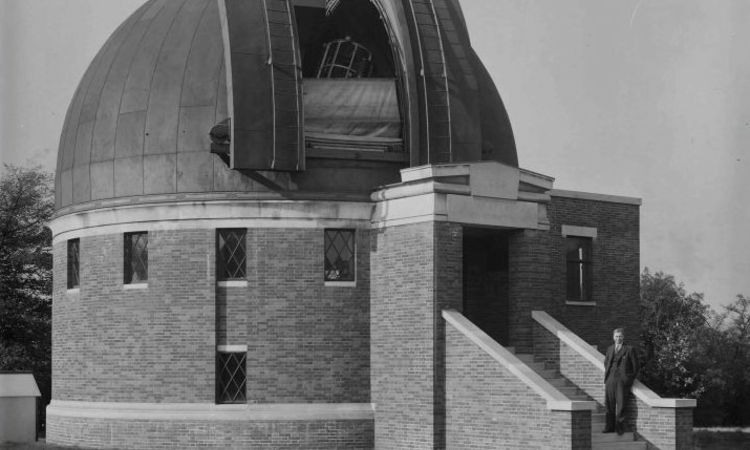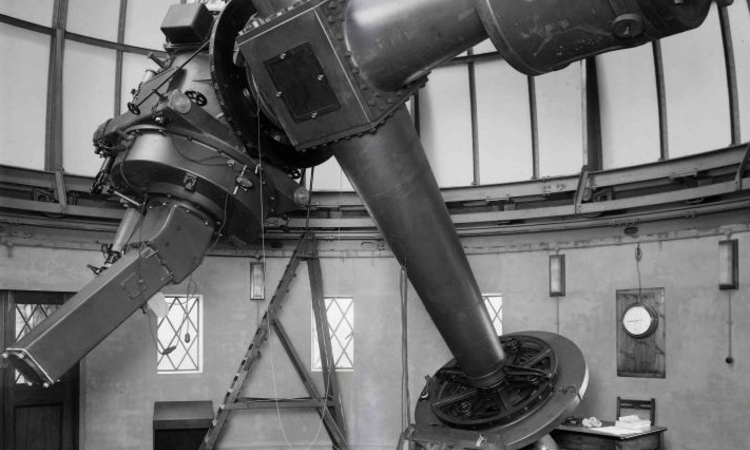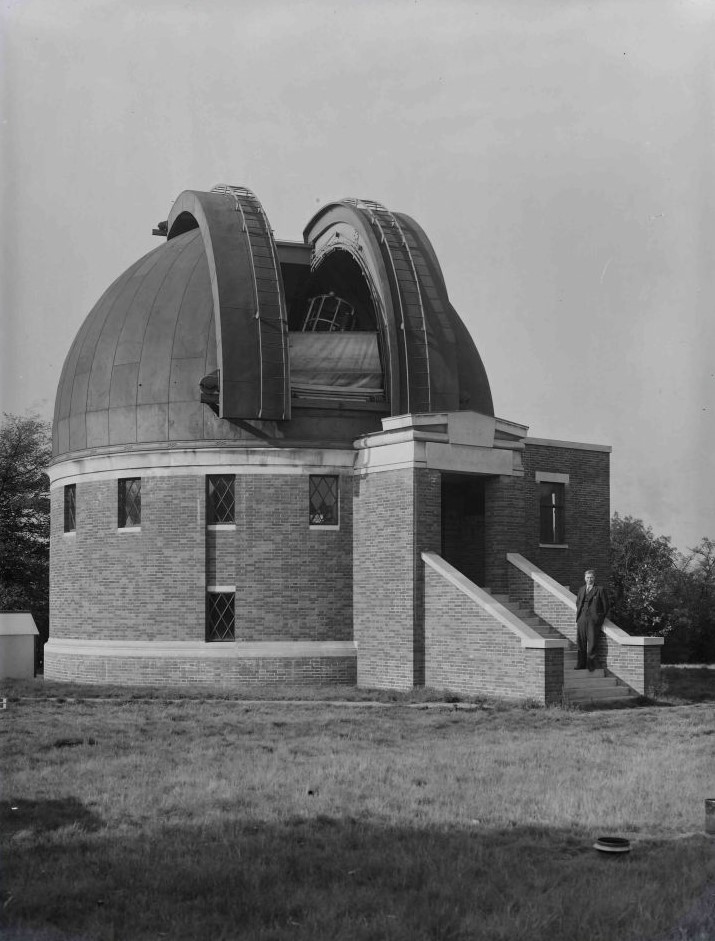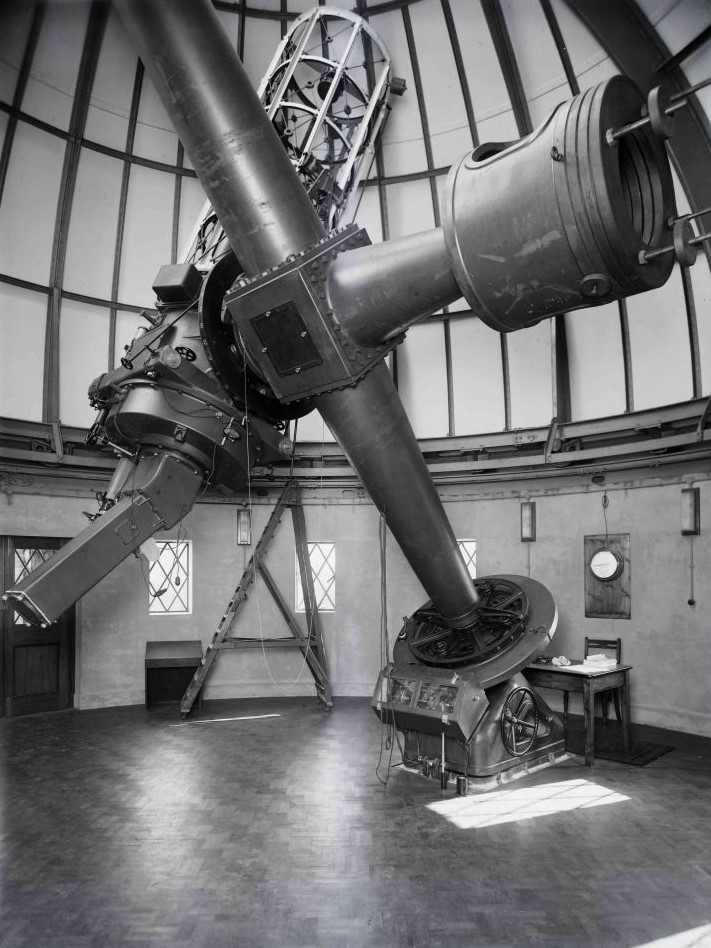
The Magnetic Observatory at Greenwich Park
The Royal Observatory at Greenwich is famous around the world – but did you know that Greenwich Park was once home to a second observatory?
The Magnetic Observatory was built in the 1890s and situated in the south-east corner of the park, close to the site of the Roman temple. Read on to discover more about the building’s history and the recent archaeological activities that revealed exciting new details about the site. Let’s dig in!
What was the Magnetic Observatory?
The purpose of the Magnetic Observatory was to house scientific instruments at a ‘magnetically neutral site’. This meant that the precise measurements taken by scientists would not be affected by any objects or activities in the vicinity that might have their own magnetic forcefields.
Magnetic observatories like this one were built to take regular observations of magnetic variation, to understand the difference between ‘magnetic north’ and ‘true north’. Compasses point towards ‘magnetic north’ and can be affected by magnetic interference. ‘True north’ is a fixed point on a globe which lies along the Meridian line. These scientific observations were intended to help understand the difference, which could aid navigation and exploration.
From 1817, magnetic observations had been taken at the ‘main’ observatory site – but the iron in nearby telescopes and buildings had started to interfere with scientific readings.
In the 1890s, therefore, a new site was found for magnetic observations – in a quieter part of the park, on the other side of Blackheath Avenue.
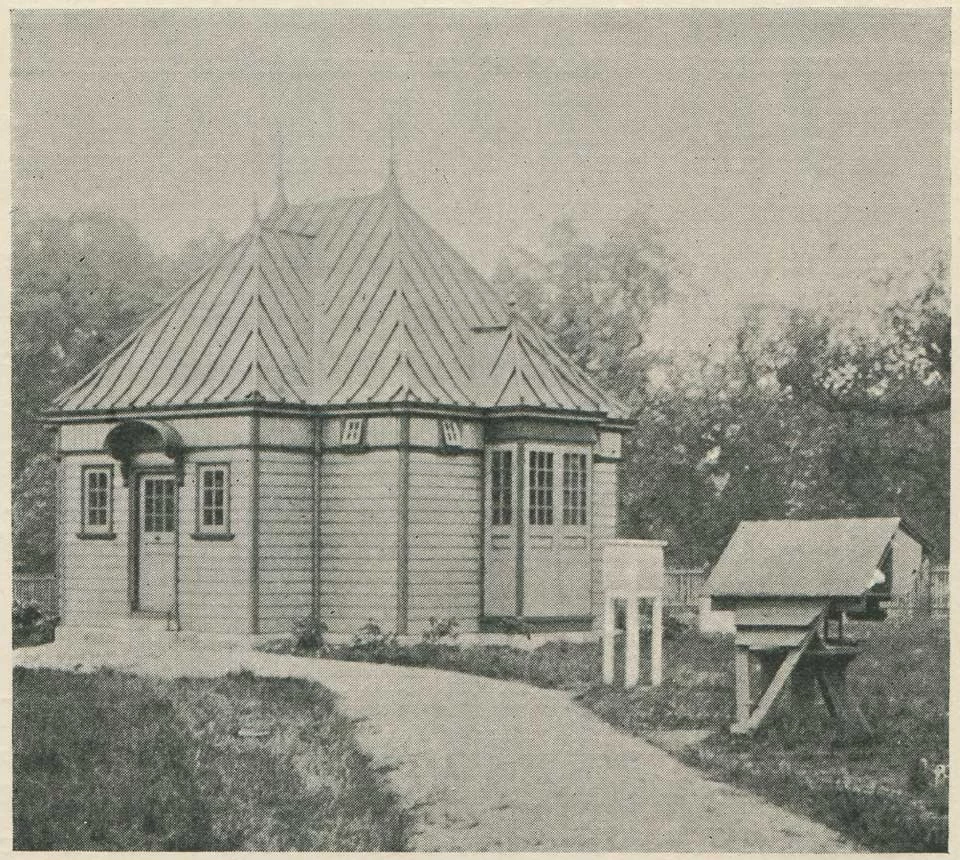
Finding the perfect spot
It wasn’t easy to find the right site – in fact, it took five years for Astronomer Royal William Christie to decide where to place the new Magnetic Observatory. It needed to be in a position where the magnetic observations wouldn’t be affected by iron in any nearby buildings or services. And even when a spot was decided, that wasn’t the end of the difficulties – Christie had to negotiate with the Office of Works, who were at the time responsible for the Royal Parks and therefore the land within Greenwich Park.
In a report of May 1897, Christie stated:
'The selection of a site in Greenwich Park for the Magnetic Pavilion has given much trouble, owing to the difficulty of finding a suitable position free from any suspicion of disturbance from iron. It has been found necessary to select a site at a greater distance from the Observatory than was originally contemplated, and, after a series of observations had been made at different stations…a site which appears to be in every respect suitable has been found on the East side of the Observatory at a distance of between 300 and 400 yards.’
The placement that Christie and his colleagues decided on was located along Bower Avenue and Temple Walk, between the Pavilion tea house (now Pavilion Café) and the Roman temple site.
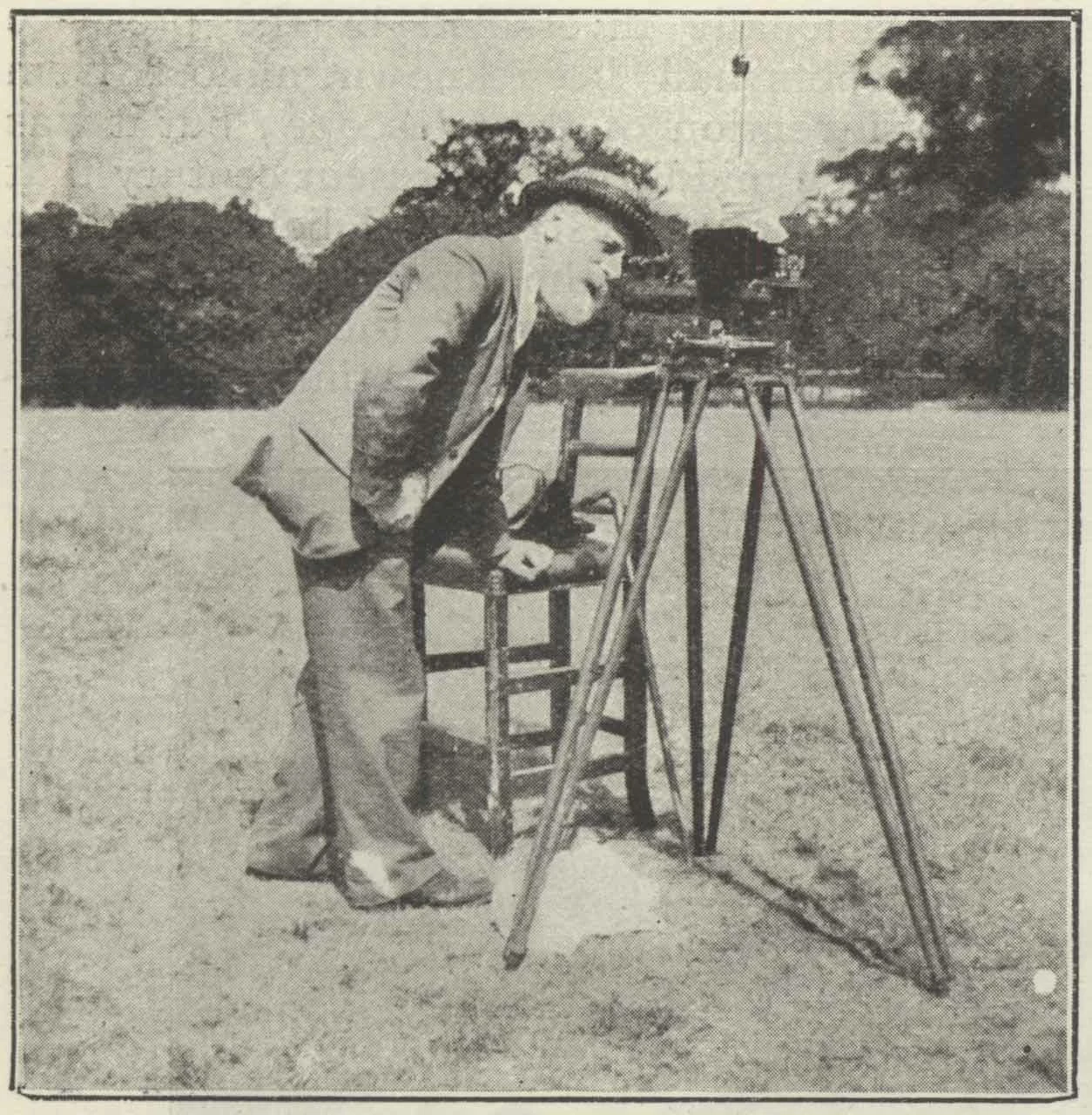
The Magnetic Observatory remained on this spot in the park until the early 1920s, when the development of railways in the area began interfering with magnetic readings. The Magnetic Observatory was then relocated to Abinger Bottom in Surrey.
New builds
With the Magnetic Observatory gone, iron could be reintroduced to this area of the park – and so a host of new buildings sprang up to support the work of the Royal Observatory. These formed the so-called Christie Enclosure, named after the Astronomer Royal. Until 1959 the buildings housed instruments for which there was no room on the main Royal Observatory site; they were then all demolished and the area returned to parkland.
One particularly distinctive building in the Christie Enclosure was the Yapp Dome, built in 1932. It was named after William Johnstone Yapp, who financed the building and the telescope it housed. The dome was copper and rotated by means of a cable driven by an electric motor.

Revealing the site
The Magnetic Observatory and the Yapp Dome were the focus of a community archaeological project on the site in 2022. This dig was delivered through Greenwich Park Revealed – a £12 million, four-year project part-funded by the National Lottery Heritage Fund and National Lottery Community Fund to reveal, restore, protect and share the unique heritage of Greenwich Park.
In May 2022, Greenwich Park’s Community Archaeologist worked alongside volunteers and school groups to look for the remains of the two buildings. On the very first day of the dig, the group uncovered the structural remains of the Yapp telescope, identifying some of the footings of the main structure and a storeroom extension. During the dig, the team learned more about the construction of the Yapp Dome, uncovering drains, building footings, pieces of brick and window glass. They also uncovered objects like glazed tiles, pottery sherds, glass bottles, and even oyster shells – which may indicate the scientists’ meals on site.
The discovery of lots of copper nails and lead fittings was particularly interesting – these materials are not magnetic, so would have been used at the Christie Enclosure to avoid interfering with the magnetic observations that were undertaken early on at the site. The nails presumably originate from the Magnetic Pavilion structure.
On the footprint of the old Magnetic Observatory, the dig revealed the building’s foundations, though only half of the footings had survived. Discoveries on this site included drain fragments with DOULTON LAMBETH LONDON stamped on them, and plaster from the walls with evidence of green paint.
Read the Related Articles, below to discover more about Greenwich Park’s community archaeology.
External links: The Royal Observatory | Royal Museums Greenwich
Related Articles
-
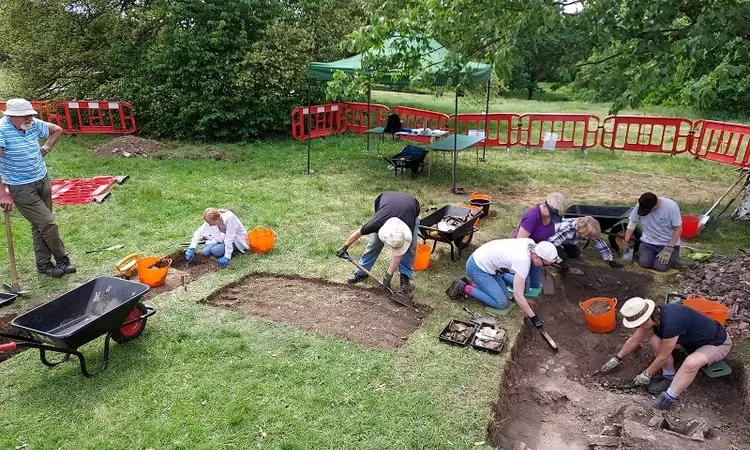 Read
ReadMagnetic observatory community dig
Community Archaeologist Andrew Mayfield organised a dig this May, to search for clues to Greenwich Park's former magnetic observatory.
-
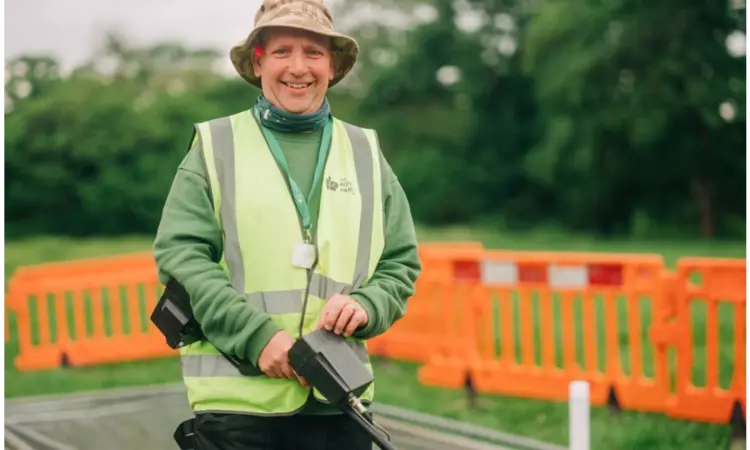 Read
ReadGreenwich Park: An Archaeologist's Diary
Andrew Mayfield, our new community archaeologist – and the first in-house archaeologist ever to be appointed at The Royal Parks
-
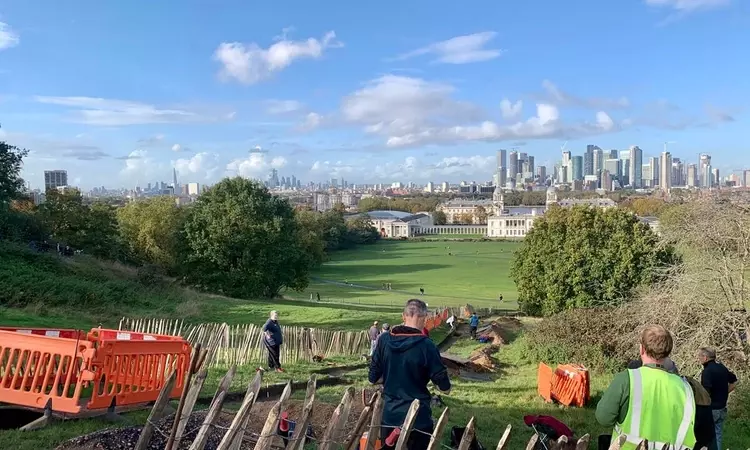 Read
ReadA dig with a grand view
Over the past few months, the archaeology team have been working on the Grand Ascent, the slope below the General Wolfe statue.
